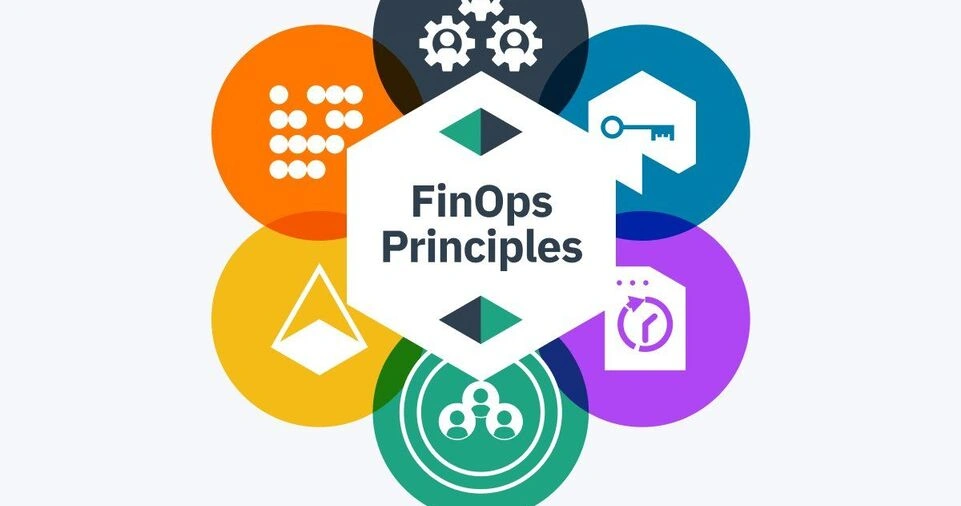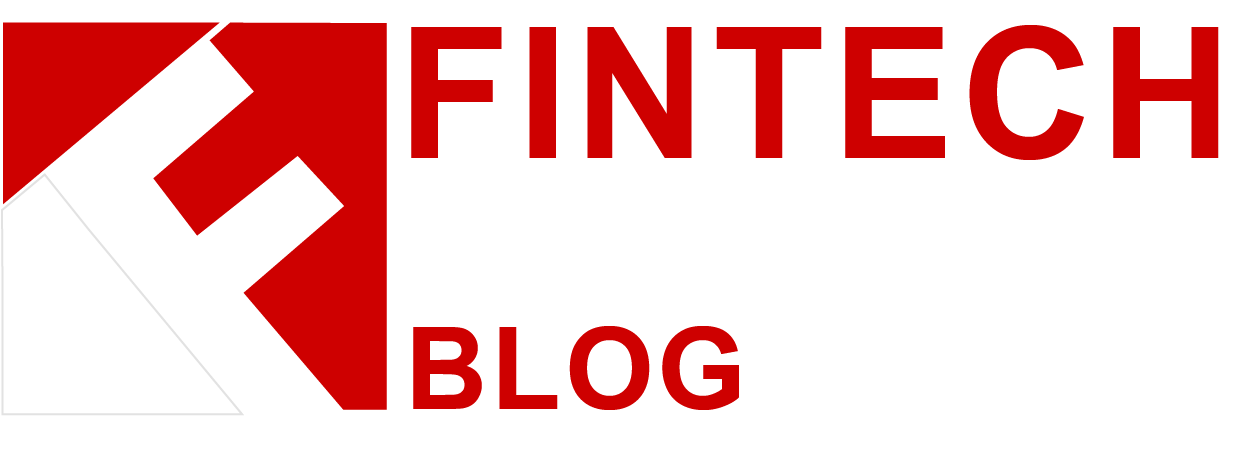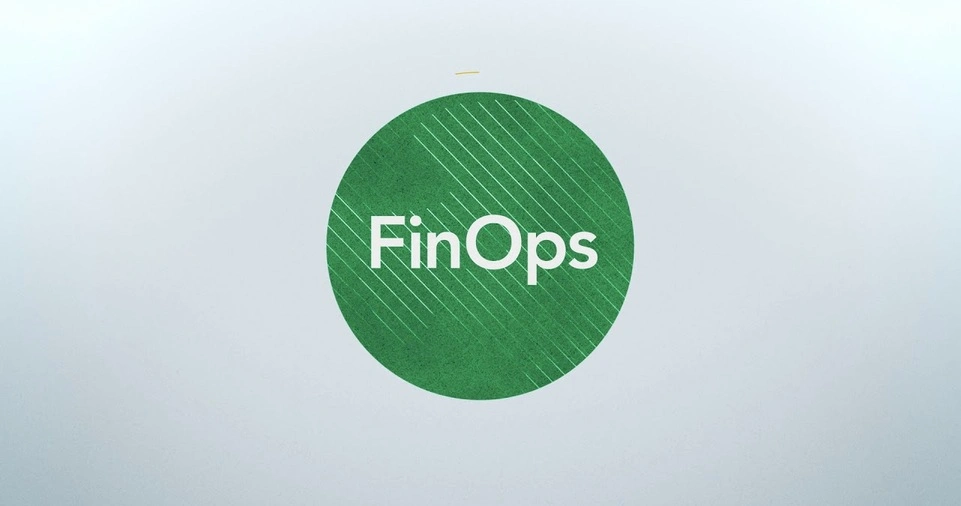In today’s cloud-driven world, managing costs while maintaining performance is a critical challenge for organizations. This is where FinOps (short for Financial Operations) comes into play.
FinOps is a transformative framework that bridges the gap between technology, business, and finance teams, enabling them to work cohesively and maximize the value derived from cloud investments.
Unlike traditional methods that often treat cloud costs as solely an IT issue, FinOps fosters a culture of collaboration, accountability, and informed decision-making across all organizational levels.
By adopting this approach, companies can optimize cloud usage effectively, ensuring that every dollar spent contributes meaningfully to business goals.
The Core Concept of FinOps
FinOps is not merely about reducing expenses but about strategically optimizing resources to achieve maximum efficiency.
It equips organizations with the tools and methodologies needed to strike a balance between speed, cost, and quality.
Through this framework, businesses can ensure that their cloud spending is not only transparent but also manageable and predictable, all while driving innovation and fueling growth opportunities.
Key Benefits:
- Improved Financial Accountability: Provides clear visibility into cloud spending across different teams and departments, fostering a sense of responsibility.
- Optimized Resource Utilization: Encourages eliminating waste and reallocating resources to maximize value.
- Enhanced Collaboration: Breaks down silos between IT, finance, and business units, creating a unified approach to cloud management.
- Scalable Decision-Making: Empowers teams to make real-time, data-driven decisions that align with overarching business objectives.
- Agility in the Cloud: Supports dynamic scaling of resources to meet fluctuating business demands.
- Future-Proofing: Prepares organizations to adapt to evolving cloud technologies and economic conditions.
The FinOps Lifecycle
The FinOps framework is dynamic and revolves around three crucial phases: Inform, Optimize, and Operate.
These phases form a continuous cycle, promoting ongoing improvement and adaptation to evolving business needs.
Inform: Gather Data and Understand Spending
This foundational phase focuses on collecting and analyzing comprehensive data about cloud usage and costs.
By mapping their cloud footprint, organizations can identify where and how their money is being utilized.
Activities:
- Establishing tagging and cost allocation strategies.
- Analyzing spending trends to pinpoint major cost drivers.
- Generating real-time, accessible reports to ensure full transparency.
- Identifying anomalies or unexpected spikes in spending to address potential issues promptly.
| Example Tools for Inform Phase |
|---|
| AWS Cost Explorer |
| Google Cloud’s Billing Reports |
| Azure Cost Management |
Optimize: Identify and Implement Cost-Saving Measures
During this phase, the focus shifts to refining resource utilization and identifying areas for cost reduction without compromising performance or quality.
Strategies:
- Rightsizing cloud resources to align with workload requirements.
- Leveraging cost-saving options such as reserved instances and spot instances.
- Decommissioning unused or underutilized resources to minimize waste.
- Implementing automated policies to shut down idle resources.
| Optimization Opportunities | Example |
| Reserved Instances | 20-30% cost savings on predictable workloads |
| Spot Instances | Up to 90% savings for non-critical workloads |
| Auto-scaling | Dynamically adjusts resources based on demand |
| Savings Plans | Flexible pricing for long-term cloud usage |
Operate: Manage and Adjust for Efficiency
This phase emphasizes the importance of continuous monitoring and iterative adjustments to maintain efficiency and cost-effectiveness.
Practices:
- Establishing robust governance policies to guide cloud usage.
- Setting budgets and enforcing spending limits to prevent overspending.
- Tracking and analyzing key performance indicators (KPIs) to measure success and inform future decisions.
- Conducting regular audits to identify new optimization opportunities.
| Sample KPIs for FinOps Success |
| Cost per transaction |
| Percentage of waste reduced |
| Monthly cost variance |
| Utilization rate of resources |
ALSO READ: Is Technology Changing the Finance World?
Core Principles of FinOps

- Collaboration is Key: Seamless interaction between IT, finance, and business teams is essential for success.
- Ownership of Cloud Usage: Each team must take responsibility for its specific consumption and contributions.
- Accessible and Timely Reporting: Real-time insights ensure that decisions are based on the most accurate data available.
- Business-Driven Decision-Making: Cloud investments should always be evaluated based on their impact on overall business value.
- Iterative Improvement: Continuous evaluation and refinement ensure long-term efficiency.
- Proactive Cost Management: Identifying potential issues before they escalate helps maintain control over spending.
Implementing a FinOps Strategy
Evaluate Current Cloud Spend
Conduct a detailed analysis to uncover inefficiencies and areas for potential optimization. Create a baseline by documenting historical spending patterns and usage trends.
Establish a FinOps Team
Form a cross-functional team comprising representatives from IT, finance, and business sectors to lead the initiative. Regularly update team members on emerging tools and practices to maintain effectiveness.
Define Policies and Procedures
Develop clear guidelines for:
- Budget creation and management.
- Approval processes for procuring new cloud resources.
- Periodic reviews of cloud deployments to align with evolving business needs.
Adopt FinOps Tools
Choose tools that align with organizational goals and enhance operational efficiency:
- Monitoring: Tools like CloudHealth and Spot.io.
- Optimization: Solutions such as Apptio Cloudability and CloudCheckr.
- Forecasting: Platforms that predict future cloud usage and associated costs.
Implement Cost Allocation Models
Assign costs to individual teams or projects using:
- Showback: Inform teams about their costs without requiring payment.
- Chargeback: Directly bill costs to the responsible teams.
Set KPIs
Define metrics that will help track and measure the success of your FinOps strategy, including cost efficiency and total savings. Periodically update KPIs to reflect organizational growth and changes in cloud usage.
Real-Life Example: FinOps in Action
Company X, a mid-sized e-commerce enterprise, faced challenges with escalating cloud expenses.
By implementing FinOps, they:
- Identified and eliminated unused resources, achieving annual savings of $50,000.
- Transitioned to reserved instances for predictable workloads, cutting costs by 25%.
- Deployed real-time monitoring dashboards, enabling faster and more effective decision-making.
- Established a FinOps team that reviewed monthly spending reports, leading to improved resource utilization.
Practical Tips for FinOps Success
- Start with small, manageable initiatives and scale up gradually as processes mature.
- Cultivate a culture of transparency and accountability within teams.
- Provide ongoing education about cloud costs and best practices in FinOps.
- Periodically review and update policies to adapt to changing needs and technologies.
- Engage with cloud service providers to negotiate better pricing or uncover new cost-saving opportunities.
- Leverage community resources and case studies to stay informed about the latest trends in FinOps.
ALSO READ: How to Align Your Brand with the Right Fintech Marketing Agency
Conclusion
FinOps represents a paradigm shift for organizations leveraging cloud technologies. It’s not just a method for managing expenses but a comprehensive approach to unlocking the full potential of cloud investments.
Through collaboration, transparency, and continual optimization, FinOps enables companies to transform their cloud strategies into a driving force for business growth.
By embracing a well-defined FinOps strategy, businesses can turn challenges into opportunities, ensuring that every cloud dollar delivers maximum value.

